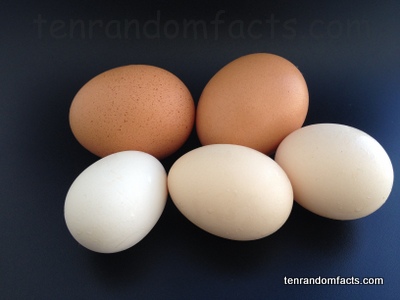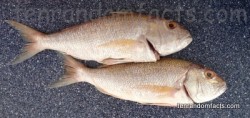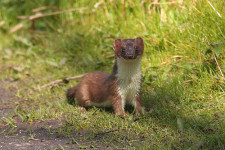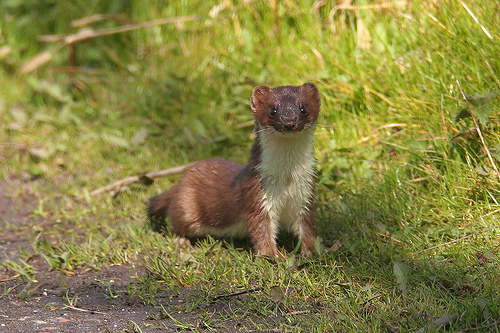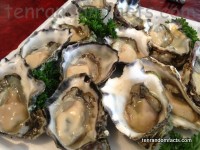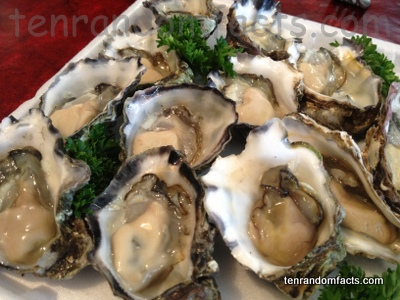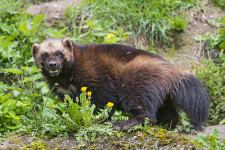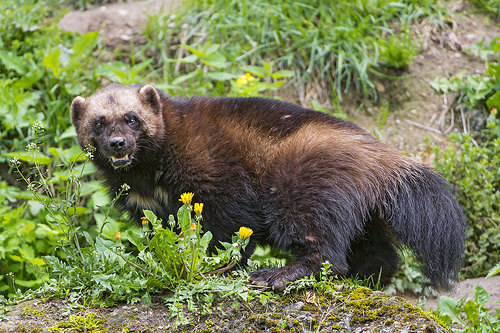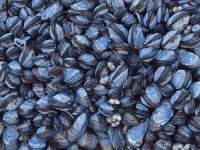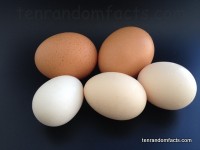
Eggs are a staple part of cooking.
- Eggs used for human consumption are most frequently from domesticated fowl, and they are used as a staple item in cookery and for the reproduction of the birds; while the most common animal to produce commercial eggs are chickens, primarily of the genus Gallus, with the scientific name Gallus gallus domesticus.
- The ‘white’, ‘yolk’ and ‘shell’ are the primary components of an egg; and whites have a water portion of approximately 87%, while yolks have a 50% portion.
- Eggs are generally an oval shape, and those produced from chickens typically range from 43 to 71 grams (1.5 to 2.5 ounces) in weight.
- Although chicken eggs are the most common variety eaten, the produce of ostriches, turkeys, ducks, geese and quails are used in various cuisines.
- Eggs are commonly used in main dishes, often for savoury flavour, or as a binder, especially in baked goods, and they can also be scrambled, boiled, fried, poached or pickled.
- Each egg sold commercially is usually graded for size and colour, inspected for cracking in the shell and other defects, and sometimes cleaned to remove residue that can cause bacteria and viruses that can be hazardous to humans; and they are best stored in the refrigerator to prevent growth of bacteria.
- Eggs can trigger allergic reactions in humans, such as swelling, rashes, hives, breathing problems and dizziness; and around 1% to 2% of the United States’ population is affected by the allergy.
- Eggs are very high in choline, protein, riboflavin, selenium, and vitamin B12; high in phosphorus, folate, vitamins A and D, and iron; and they also contain many other vitamins and minerals.
- The colour of egg shells is different according to the breed or species of bird, but they typically range from brown to white, and different countries and areas have different preferences regarding the colour of the shells.
- An egg can symbolise ‘the start’, ‘fertility’ and ‘new life’, while the latter is the reason for the poultry item being used as an Easter symbol.
Bibliography:
Egg (Food), 2015, Wikipedia, http://en.wikipedia.org/wiki/Egg_%28food%29
Egg, pasture-raised, 2015, World’s Healthiest Foods, http://www.whfoods.com/genpage.php?tname=foodspice&dbid=92





